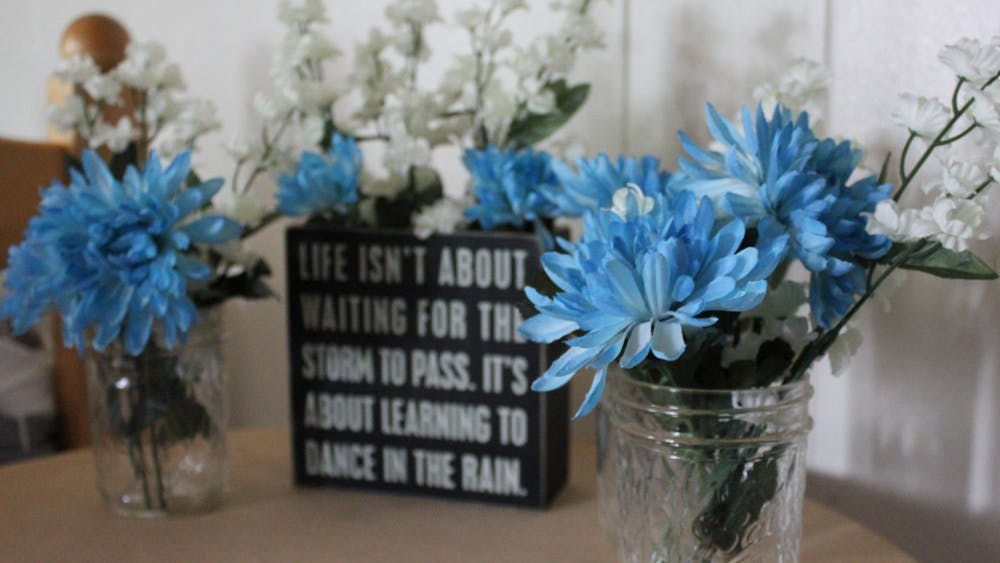A windowsill full of succulents may look great on your Instagram, but bringing plants into your home can also purify the air, bring life to your décor and have therapeutic functions, such as giving you a sense of responsibility.
It’s important to choose house plants that suit your home environment and lifestyle, and some plants require more care than others.
John Lemon, Jordan Hall Greenhouse supervisor, has a few basic rules to follow when caring for common house plants like spider plants, English ivy and peace lilies.
First, it’s important to figure out what direction your windows face to determine how much natural light they’ll provide. South or west-facing windows have the highest amount of light exposure throughout the day, so high-light plants will thrive in these conditions, Lemon said.
If you only have low-light areas in your home, he recommends a Chinese evergreen, which can tolerate shade and artificial light.
Lemon also warned against following a strict watering schedule. Instead, he said, watch the soil. Succulents require large amounts of water but should then be allowed to dry out completely before being watered again. Using pots with drainage holes in the bottom can help prevent over-watering, but the best strategy with any house plant is to water when the soil looks dry.
Temperature and humidity should also be considered.
“Whatever is comfortable for people is usually good for plants,” Lemon said.
According to Linnea Good, a greenhouse owner who sells plants at the Bloomington Community Farmers’ Market, another good rule of thumb is to give plants with thick leaves less light than plants with thin leaves. For a first house plant, she recommended aloe, a low-maintenance succulent that produces a gel commonly used to treat skin irritation.
“A cast iron plant is another good place to start,” she said. “It’ll forgive you if you forget to water it.”
Emma Freestone is a sophomore majoring in environmental sustainability, and she regularly volunteers at Hilltop Gardens. She said she likes to experiment with growing house plants that double as culinary materials.
“I tried to grow kale in my windowsill in the dorms last year, but it failed,” she said, laughing.
Now, Freestone grows rosemary, sage, mint and thyme in her windowsill, and she uses snippets to season her food. One of her favorite tricks is taking cuttings from the herbs and hanging them upside down to dry and use later. That way, she explained, herbs she doesn’t need right away don’t go to waste.
She also recommended growing sprouts in a small window tray with top soil and a filter. She said seeds usually yield edible sprouts in three to four days, which make nutritious salad mix-ins you can grow year-round.
It’s necessary to research any house plant you purchase, whether for decoration or seasoning your meals, to find general rules of care for that species. However, following basic guidelines such as waiting for the soil to dry before you water again and giving your plants plenty of access to sunlight can help any novices keep their house plants looking healthy and photogenic all year.






